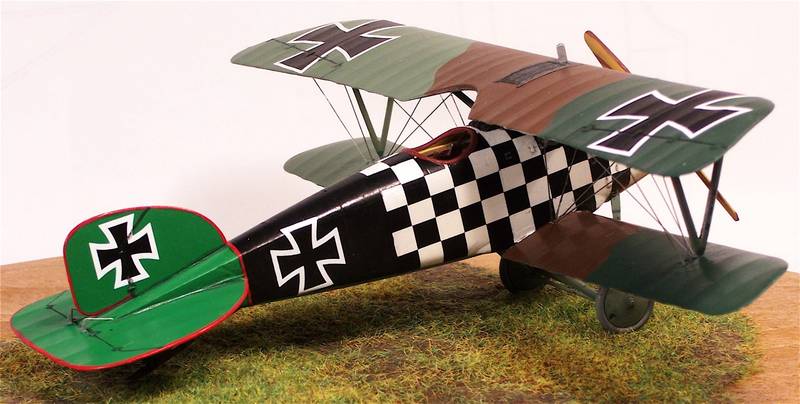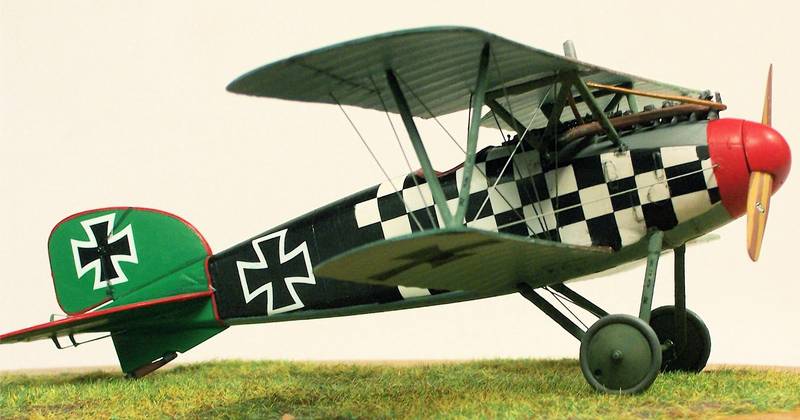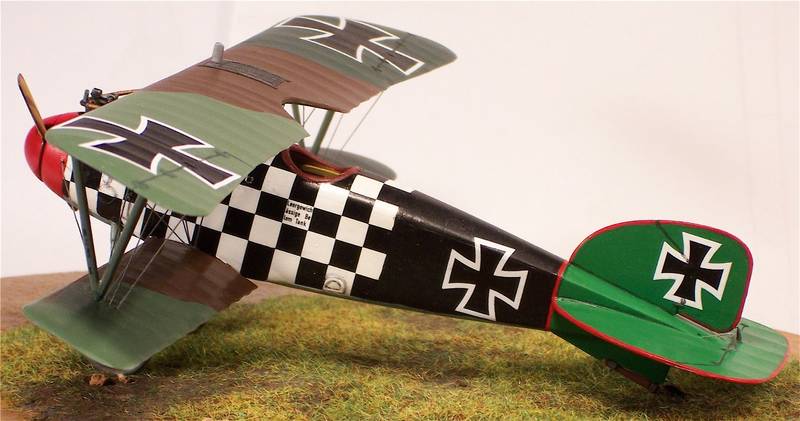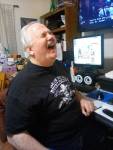My humblest of apologies for my late submission to the "When I flew with" campaign. I have finally finished my crate and would like to share it with you folks and do not expect to be included in any judging.
**************************************************************
Heinrich Wilhelms is my name. I was born in a small town outside of Bremerhaven named Speka in 1895. My people were farmers and at the beginning of the war I found myself in the 196th Infantry Regiment. We drove deep into the French positions in the summer of 1914 only to be denied at the very gates of Paris itself. It was later at the meat grinder of Verdun, where I lost my brother and the majority of my fellow Speka landsers at a place called Douaumont. There I suffered the wound that would put me out of the war for almost six months. My folks thought I was mad when I volunteered for the flying corps as the infantry would no longer allow an invalid to serve, I could no longer march in a straight line you see. I was determined to validate the blood that my brother and my townsfolk had shed had not all been in vain.
After serving as an observer in Albatros C III's of Fl Abt 41 and having my fair share of lead hurled once again in my path I decided it was time to be in a position to throw some back at the control of my own machine. It was the summer of 1917, I can remember it as if it were yesterday. I had just arrived from Jasta school at Boistrancort in Northern France, home field of Jasta 5. I was billeted in semi comfortable surroundings with another vfw, a fellow pilot named Fritz Rumey. He had only arrived several weeks earlier himself. At the time the Jasta was flying Albatros machines of the DIII and the newer DV type. We flew patrols at least three times a day, sometimes four, weather permitting. We were opposed by both British and French units as we were near the border of the British 5th and French 6th armies. We were flying a morning patrol on August 14th and I was in the company of Jasta fuehrer Flashar, vfw’s Baumer, Schmitt and Rumey. We were just approaching the front when we were jumped by a flight of Sopwiths of No 209 squadron. I was able to pull up and avoid a collision with a diving Tommy when I noticed that my roommate had another glued to his tail and was filling his crate with lead. I dove for him at speeds I had dared not earlier as the D III’s were prone to shed their bottom wings at this speed. My crate was shuddering as I closed on the Sopwith and started firing short bursts into his machine. I saw a plume of flame shoot out of his motor and then his machine literally explode into pieces. It was my first victory but it was to be short-lived. As I raced past the flaming debris I heard a loud crack and as I looked to my left I saw my lower wing sag and then tear away. As I hurled toward the earth I struggled with my withered leg to regain control my machine as it spiraled downward. As I approached the ground I was able to regain some control of my machine and put into a freshly plowed field with such force that my crate disintegrated around me. I finally awoke in a field hospital some four days later and it was there that I noticed my withered leg would no longer be a burden, it was gone.
For me the war was over but not the suffering. The allies had maintained the blockade past the end of hostilities and getting bread was becoming harder and harder, especially for a veteran with only one leg. In 1923 I was able to emigrate to the US as I was being sponsored by my cousin in NY. There I opened an ice cream parlor in Brooklyn and settled in. I met my wife at Coney Island on the Steeplechase ride and had two wonderful daughters and five grandchildren. Life turned out well indeed but not a day goes by that I don’t remember seeing that unfortunate British pilot disintegrate along with his machine nor the faces of my brother and my fellow landsers of Speka.

The kit is the venerable Eduard D III, this one is a Weekend edition alumni. I used decals from Eagle Strike set 48-159. There's photo etch seat belts and machine gun cooling jackets from a D III profipack kit.

The rigging is mono-filament and guitar string. The paints used are a combination of Humbrol and ModelMaster oil based enamels, applied by hand with a brush.

I pulled out the old Pasche double action for the Microscale dull coat. I'm getting a little better at shooting water based paint through the airbrush.

Again, many apologies for my tardiness, and thanks for looking.
May all you wingnuts and your significant others and families have a healthy and loving holiday season.
Many Regards, Dwayne





















